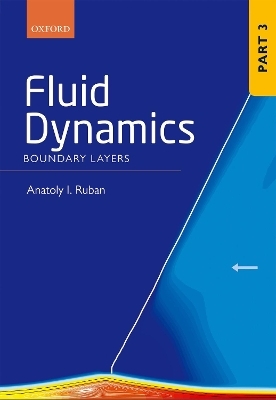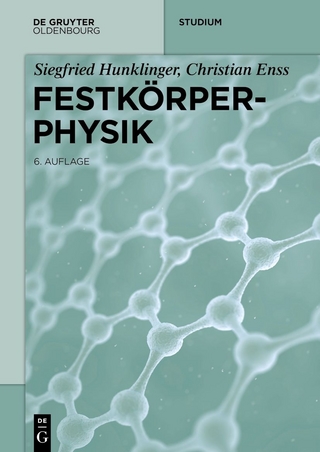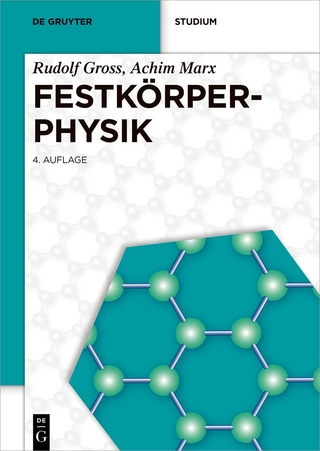
Fluid Dynamics
Part 3 Boundary Layers
Seiten
2017
Oxford University Press (Verlag)
978-0-19-968175-4 (ISBN)
Oxford University Press (Verlag)
978-0-19-968175-4 (ISBN)
The notion of the boundary layer was introduced to describe thin viscous layers that form on a rigid body surface in otherwise inviscid flow of a fluid with small viscosity. The book begins with the classical theory of the boundary-layer flows. However, its focus is on recent results of the theory invaluable in describing fluid-dynamics phenomena.
This is the third volume in a four-part series on Fluid Dynamics:
PART 1: Classical Fluid Dynamics
PART 2: Asymptotic Problems of Fluid Dynamics
PART 3: Boundary Layers
PART 4: Hydrodynamic Stability Theory
The series is designed to give a comprehensive and coherent description of fluid dynamics, starting with chapters on classical theory suitable for an introductory undergraduate lecture course, and then progressing through more advanced material up to the level of modern research in the field.
The notion of the boundary layer was introduced by Prandtl (1904) to describe thin viscous layers that form on a rigid body surface in high-Reynolds-number flows. Part 3 of this series begins with the classical theory of the boundary-layer flows, including the Blasius boundary layer on a flat plate and the Falkner-Skan solutions for the boundary layer on a wedge surface. However, the main focus is on recent results of the theory that have not been presented in texbooks before. These are based on the so-called "triple-deck theory" that have proved to be invaluable in describing various fluid-dynamic phenomena, including the boundary-layer separation from a rigid body surface.
This is the third volume in a four-part series on Fluid Dynamics:
PART 1: Classical Fluid Dynamics
PART 2: Asymptotic Problems of Fluid Dynamics
PART 3: Boundary Layers
PART 4: Hydrodynamic Stability Theory
The series is designed to give a comprehensive and coherent description of fluid dynamics, starting with chapters on classical theory suitable for an introductory undergraduate lecture course, and then progressing through more advanced material up to the level of modern research in the field.
The notion of the boundary layer was introduced by Prandtl (1904) to describe thin viscous layers that form on a rigid body surface in high-Reynolds-number flows. Part 3 of this series begins with the classical theory of the boundary-layer flows, including the Blasius boundary layer on a flat plate and the Falkner-Skan solutions for the boundary layer on a wedge surface. However, the main focus is on recent results of the theory that have not been presented in texbooks before. These are based on the so-called "triple-deck theory" that have proved to be invaluable in describing various fluid-dynamic phenomena, including the boundary-layer separation from a rigid body surface.
Anatoly I. Ruban is Professor and Chair in Applied Mathematics and Mathematical Physics at the Imperial College London. He was formerly Professor of Computational Fluid Dynamics in the Department of Mathematics at the University of Manchester, from 1995 to 2008. In 1991 he received the Doctor of Science degree in Physics and Mathematics. In Moscow, he served as Head of the Gas Dynamics Department in the Central Aerohydrodynamics Institute in Moscow from 1978-1995 after earning his PhD in Fluid Mechanics in 1977.
1: Classical Boundary-Layer Theory
2: Boundary-Layer Separation
3: Trailing-Edge Flow
4: Incipient Separation Near Corners
5: Marginal Separation Theory
| Erscheinungsdatum | 25.04.2018 |
|---|---|
| Zusatzinfo | 117 line figures |
| Verlagsort | Oxford |
| Sprache | englisch |
| Maße | 177 x 249 mm |
| Gewicht | 926 g |
| Themenwelt | Naturwissenschaften ► Physik / Astronomie ► Festkörperphysik |
| Naturwissenschaften ► Physik / Astronomie ► Strömungsmechanik | |
| Naturwissenschaften ► Physik / Astronomie ► Thermodynamik | |
| ISBN-10 | 0-19-968175-9 / 0199681759 |
| ISBN-13 | 978-0-19-968175-4 / 9780199681754 |
| Zustand | Neuware |
| Haben Sie eine Frage zum Produkt? |
Mehr entdecken
aus dem Bereich
aus dem Bereich


